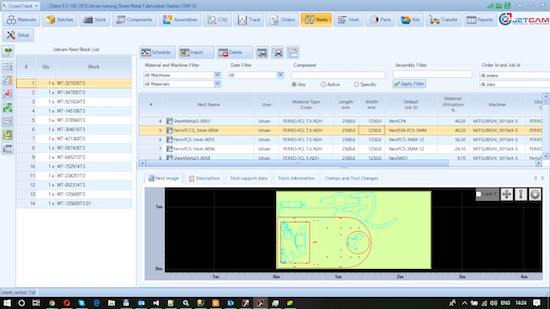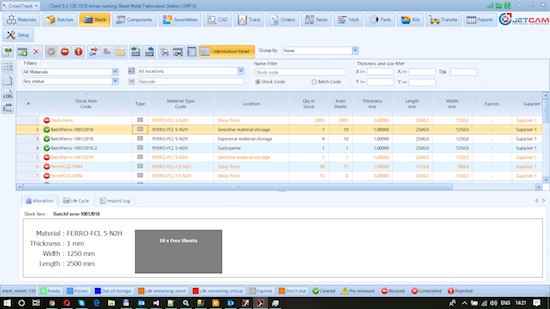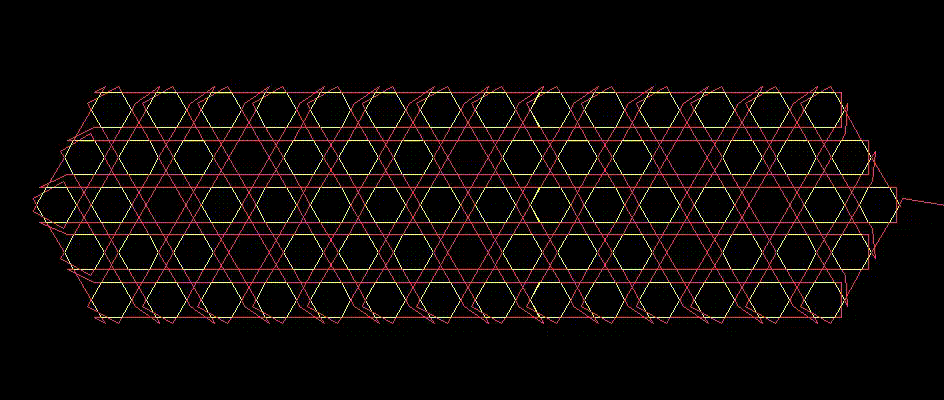CrossTrack – SQL Server Enterprise Application
JETCAM’s Development and Support team for its CrossTrack Composite and Sheet Metal manufacturing Suite. Our staff have extensive MS SQL Server and .NET platform experience, and have been instrumental in adding functionality, including support for Microsoft Web Services, which allows for bi-directional and secure data exchange between CrossTrack and external applications such as SAP. We also provide additional worldwide customer support in tandem with JETCAM, ensuring that customers requiring mission-critical support can obtain immediate attention. We work closely with JETCAM headquarter in Monaco to understand the complexities of JETCAM’s customer requirements, which is especially important with the increasing demand for IIoT/Industry 4.0 technologies.
JETCAM Expert – C/C++ Dev team
Analytica Design is providing main programming bandwidth for the core JETCAM Expert development. Our developers have extensive skill sets in C/C++ and have worked in conjunction with JETCAM’s developers to develop complex algorithms for the optimal cutting of 2D materials. We are also working with the team to provide additional support to their network of dealers, again providing additional resource bandwidth to enable them to respond quickly to customer requests. This approach allowed JETCAM to take on more complex customer projects, safe in the knowledge that development resources can be scaled up to cope, without compromising progress on other projects.
Inovations - Augmented Reality
Analytica Design is using its extensive experience to work with JETCAM to help develop an augmented reality application for the composites room, from cutting to layup (patents applied for). Using Microsoft’s Hololens (or similar technology), CNC operators are able to look at the machine cutting area, see an overlaid image of the cut material. It then highlights which item the operator has to unload in sequence, automatically detecting when this has been completed in order to highlight the next item. This innovative approach drastically reduces unloading time, bypassing the traditional methods of labelling components, using manually operated laser-guided pointing systems or inefficient ‘static’ nest patterns.


